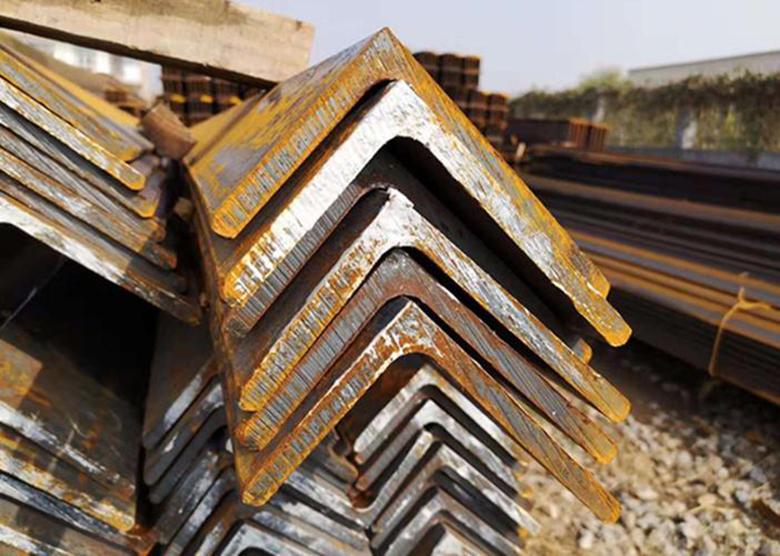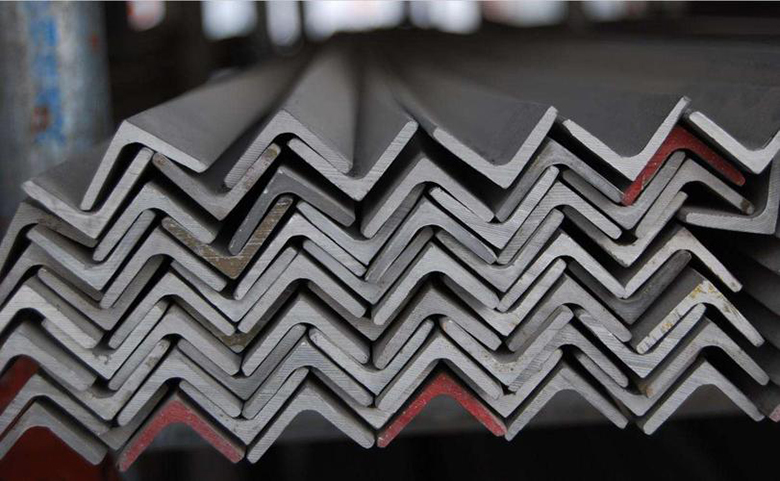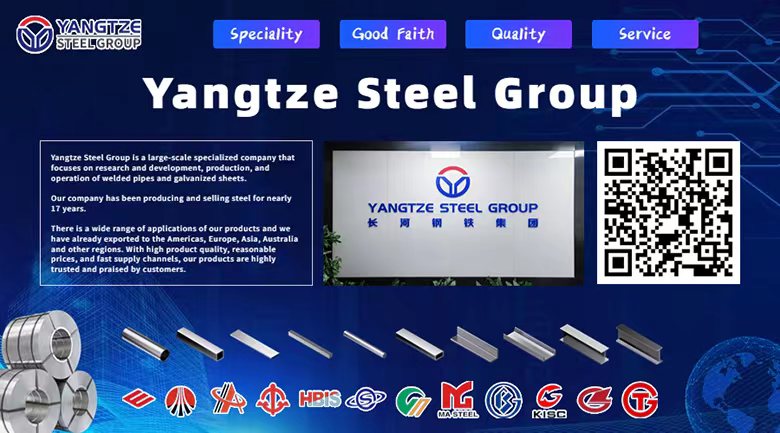Equal Vs. Unequal Angle Steel
Angle steel is widely used in buildings and engineering structures, and is mainly divided into equal-leg angle steel and unequal-leg angle steel. These two types of angle steel differ in shape, force characteristics and applicable scenarios.

1. Equal Angle Steel
The two sides of equilateral angle steel are equal in length, and the cross section is symmetrical "L" shaped. The structure is stable and the force is evenly distributed. It is suitable for structures that require balanced load-bearing. For example, building frames, factory steel structures, bridges, etc.
●Features: Uniform force, strong stability
●Application scenarios: steel structure frames, equipment foundations, support structures

2. Unequal Angle Steel
The two sides of unequal angle steel are different in length, and the cross section is asymmetrical "L" shaped, which is suitable for providing support in a specific direction. Mainly used for special-shaped frames, special brackets and equipment reinforcement.
●Features: Strong directionality, suitable for specific support
●Application scenarios: special-shaped frames, equipment brackets, bridge reinforcement
3. Comparison summary
Characteristics | Equal Angle Steel | Unequal angle steel |
Cross-sectional shape | Symmetrical "L" shape, equal length on both sides | Asymmetric "L" shape, unequal lengths on both sides |
Force characteristics | Even force, strong stability | Strong directionality, suitable for support in a specific direction |
Applicability | Widely used in structures that require balanced force | Suitable for special-shaped frames and special support requirements |
Processing difficulty | Simple processing and welding | Relatively complex processing, the direction of force needs to be considered |
Common specifications | 25x25 mm - 200x200 mm | 30x20 mm - 200x125 mm |
4. How to choose the right angle steel
In actual projects, when choosing the type of angle steel, factors such as structural force requirements, installation convenience and application environment should be comprehensively considered. Generally speaking:
●Equal Angle Steel: Suitable for scenarios requiring balanced force, such as steel structure frames, factory supports and bridges, etc.
● Unequal angle steel: suitable for structures with special design requirements, such as special-shaped frames, bridge reinforcements, equipment supports, etc.









